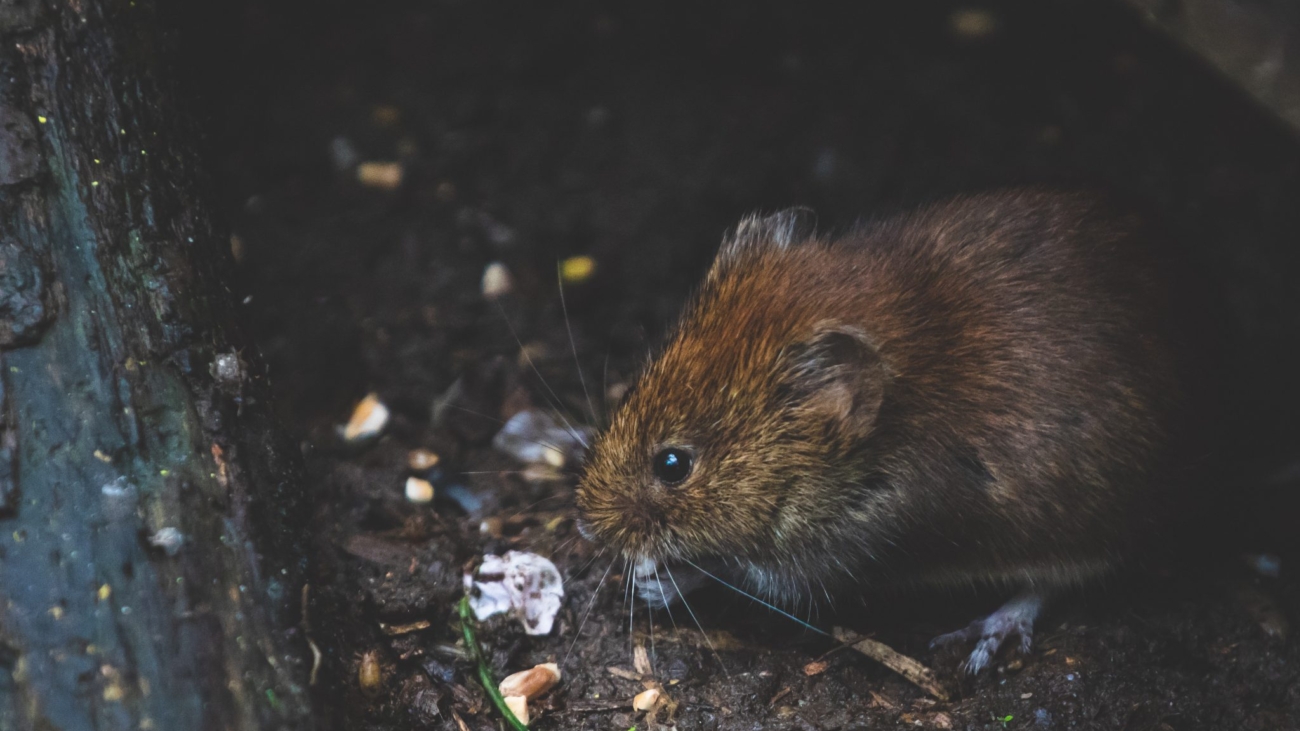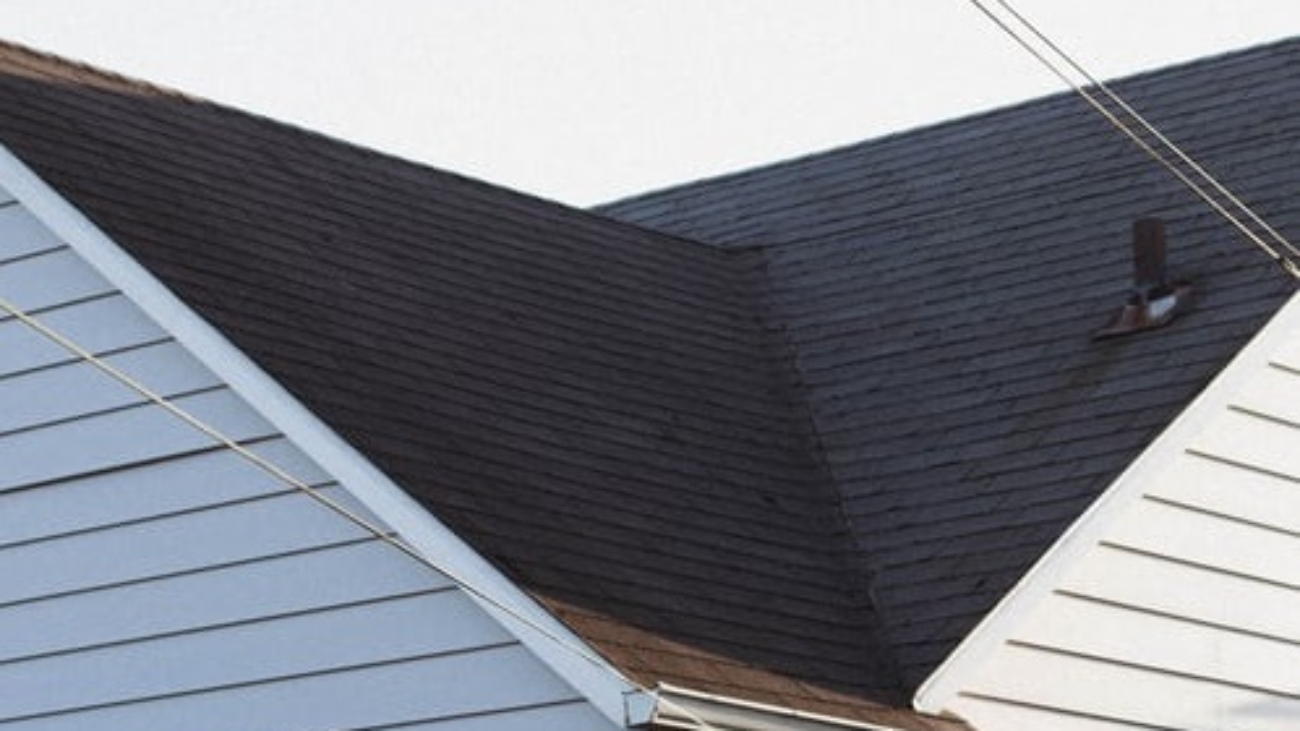Many types of animals including birds, rats, insects and other pests can be a nightmare for homeowners, especially if they make your roof their home. They can have a significant negative impact on the quality and durability of your roof. Not only can their droppings make a considerable mess, but they also expose your home to parasites such as worms and mites. Let’s find out below about How To Protect Your Roof From Pests.
Large pests especially rats, raccoons and birds can also cause damage to roof tiles and shingles which not only make a lot of noise but can also cause costly repairs. Still, preventing pests from damaging your rooftop can be difficult. So what are some safe methods for protecting your roof from animals and, if you have them, how do you get rid of them.
Know the Signs of Infestation
The first step is to figure out if you have a problem to begin with. Pests leave visible signs of their presence in a variety of ways. Once you know what to look for, it’s easy to tell if you’ve got unwanted animals in your attic or on top of your roof.
The first thing to do is a visual inspection of your roof. This can be done from the ground but it is better if you use a ladder for a closer inspection. Mammals like rats, squirrels and mice leave droppings wherever they go. Small pellets of feces are an obvious sign that rodents are near. Where there are feces, there is also urine.
If you look in your attic, you might not detect a smell immediately, but practice safety by using gloves and wearing a face mask before you poke around in areas where rodents have been. Their droppings can contain harmful bacteria.
Another sign to watch for chewed areas, holes or tunnels bored in the attic or roof. Rodents and insects often chew their way through wood, plaster and other materials.
Pest Removal Methods
Depending on what type of pest you’re dealing with, different methods may be more effective. Here are some common removal methods that could help you get rid of those pesky animals.
Trapping: Using a trap and some food is a great way to catch unwanted pests inside and around your roof. This is a common method for rodents such as mice and rats.
Decoys: Placing plastic statues of predators, like owls and hawks on your roof are a great way to trick birds into staying away and can prevent them from starting a nest.
Destroy The Nest: If birds are constantly trying to make your home their home, there might be a nest somewhere either on or inside your roof or chimney. Removing it is fairly straightforward, just watch out for eggs or small birds.
One removal method we don’t recommend is poison. The reason being is that often the pest will crawl into an area of your home that may be unreachable for you or an exterminator. If this is the case then the dead carcass can really stink up your home and even lead to the growth up other unwanted pests.
Best Methods For Preventing Pests From Coming Back
So let’s say you finally get the pests to leave, but how do you stop them from returning? This step is just as important as getting rid of them. It’s beneficial to take some time to work with a local pest patrol agent to determine a plan of action. In order to prevent pests from returning, here are some of the most effective methods to try.
Seal it Tight:
When you’ve identified the source or the entry spot, seal it tight with non-chewable material so the pests can’t use it again. Pests cannot get into your home if it’s properly sealed. Sometimes roof shingles or flashing will come loose, giving critters a way to tunnel in. If you have missing shingles or roofing tiles, they need to be replaced as soon as possible and the underlying layers should also be checked for damage.
Clean Your Gutters:
When gutters aren’t cleaned regularly, they can become a home for all kinds of creatures. You can get bugs, squirrels, rats, and even birds’ nests in them. In addition, because backed-up gutters are also a common cause of leaky roofs, you’ll definitely want to make sure they are kept clear.
Trim Back Foliage:
Tree branches that touch or overhang your roof could act as a bridge for all kinds of pests. To keep your roof protected, trim back any foliage that touches your home. This will make it harder for pests to gain access. You should put at least several inches between your house and any tall bushes or trees.
Protect Your Roof With Nets:
While this may seem unconventional, your local home and garden supply store usually sells netting you can use to stop pests from getting too comfortable. You can lay this netting over your roof and this will prevent pests from access. The netting does not harm the pests and it’s not intended to catch or tangle the pest.
Conclusion
Now I hope you understand How To Protect Your Roof From Pests. You can keep your home free of unwanted guests by regularly inspecting your roof or having a roofing professional do it for you. During one of the inspections, it’s important that you don’t procrastinate and let the pest reek havoc, otherwise, you’ll end up with a bigger problem down the line. However, before you take action, do your research and see what the habits are for your particular pest as each can vary and will likely dictate how to get rid of it.


